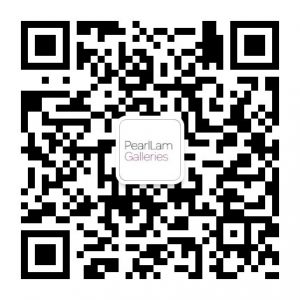Artinasia | 22 July 2014
After Time
By Karen Wong
http://www.artinasia.com/galleryDetail.php?catID=1&galleryID=2713&view=7&eventID=25470
Ocula | 24 July, 2014
Chung Seoyoung, Erica Lai, Morgan Wong After Time at Pearl Lam Galleries, Hong Kong
By Anna Dickie
http://ocula.com/art-exhibitions/pearl-lam-galleries-hong-kong/after-time/
Artron | 24 July 2014
‘中韩新三位艺术家联合展出《时后》’ After Time, a group show of artists from China, Korea and Singapore.
Unaccredited
http://news.artron.net/20140723/n632128.html
JET Magazine (Facebook) | 24 July 2014
The face book post recommends two exhibition openings today, including a highlight of After Time with an image of Morgan Wong’s piece.
https://zh-hk.facebook.com/jetmagazine.hk/posts/692430060828605



